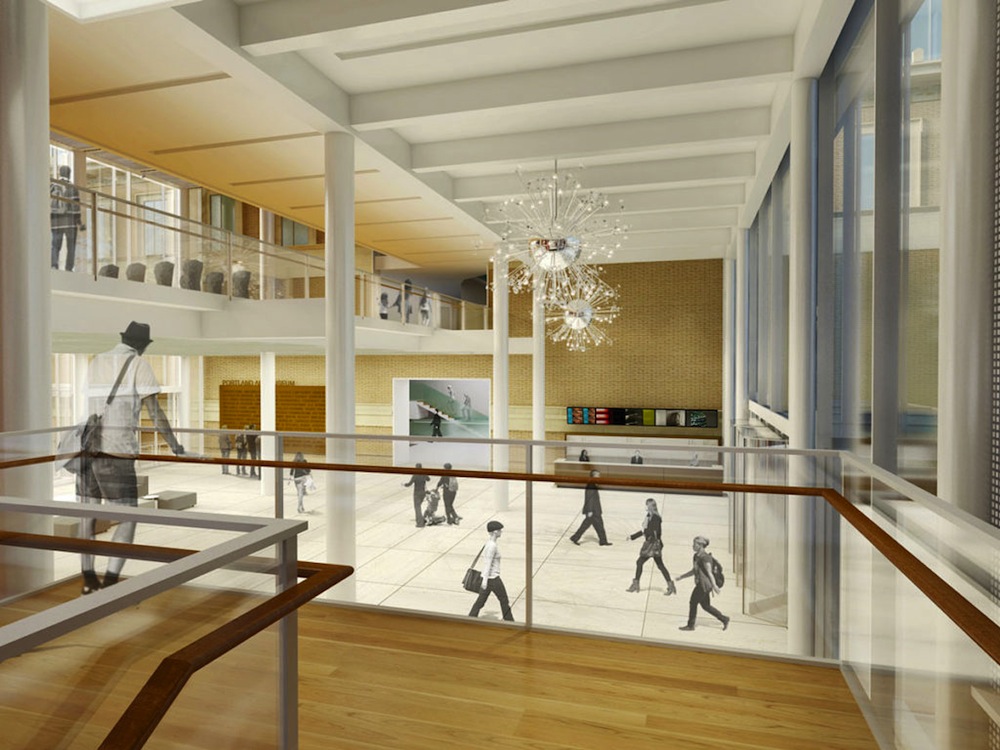
Mark Rothko’s color field paintings might initially evoke a post-war mingling of Abstract Expressionists at the New York Art Students’ League—or maybe the Tate’s Seagram Murals. But it is the much humbler city of Portland that is intimately tied to the painter’s origins.
Marcus Rothkowitz moved to the city when he was 10, after emigrating with his family from Russia. Rothko took art classes at the Portland Museum as a teenager, before heading east to attend Yale University, and then Parson’s New School for Design. In 1933, the Portland Museum gave him his first solo show. He Americanized his name to Mark Rothko seven years later.
Now, the Portland Art Museum is honoring the 20th century giant with a pavilion in his name, and a partnership with the late artists’ children.
Designed by Vinci Hamp Architects, the three-story Mark Rothko Pavilion will introduce a new, glass-walled entrance to the museum, almost 10,000 square feet in exhibition space, and a third-floor sculpture garden. In all, the pavilion will total 30,000 square feet, and will connect the museum’s current freestanding buildings.
The new exhibition space will be devoted to contemporary and media art, and construction is expected to be completed by early 2021.
Model of the view of the east entrance plaza of the new Mark Rothko Pavilion at the Portland Art Museum. Image courtesy of Vinci Hamp Architects.
Coinciding with the pavilion announcement, the museum revealed a new partnership with the painter’s children, Christopher Rothko and Kate Rothko Prizel. Over the next 20 years, the family will loan a rotation of major paintings from their collection to the museum.
The pavilion is made possible in part by an $8 million gift from an anonymous donor. The museum hopes to raise a total of $75 million through a capital and endowment campaign to fund the project.
Paintings by Mark Rothko displayed at the Portland Art Museum in 2012. Photo courtesy of the Portland Art Museum.
“Portland played a formative role in my father’s youth,” says Christopher Rothko in the museum’s expansion announcement. “We are eager to share these works with the public and give Rothko a more active role in the vibrant cultural life of this city.”
He continued, “Our hope is that visitors will take the time to pause and engage with each of these paintings, and to participate in the process of ‘slow looking’ that the Museum has championed.”